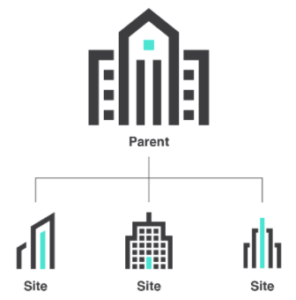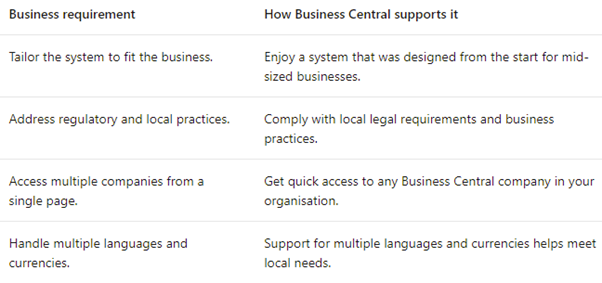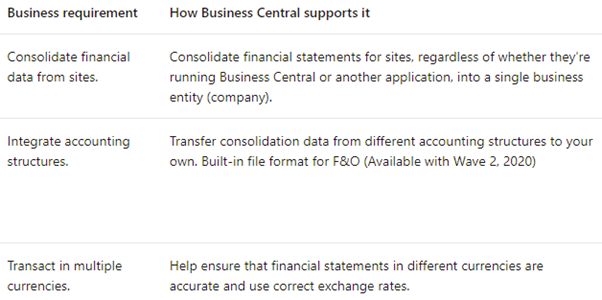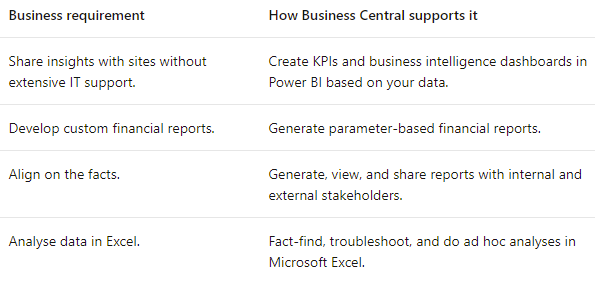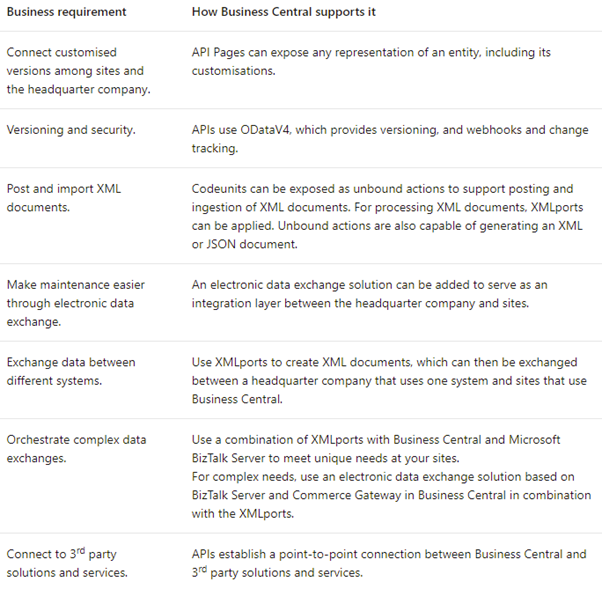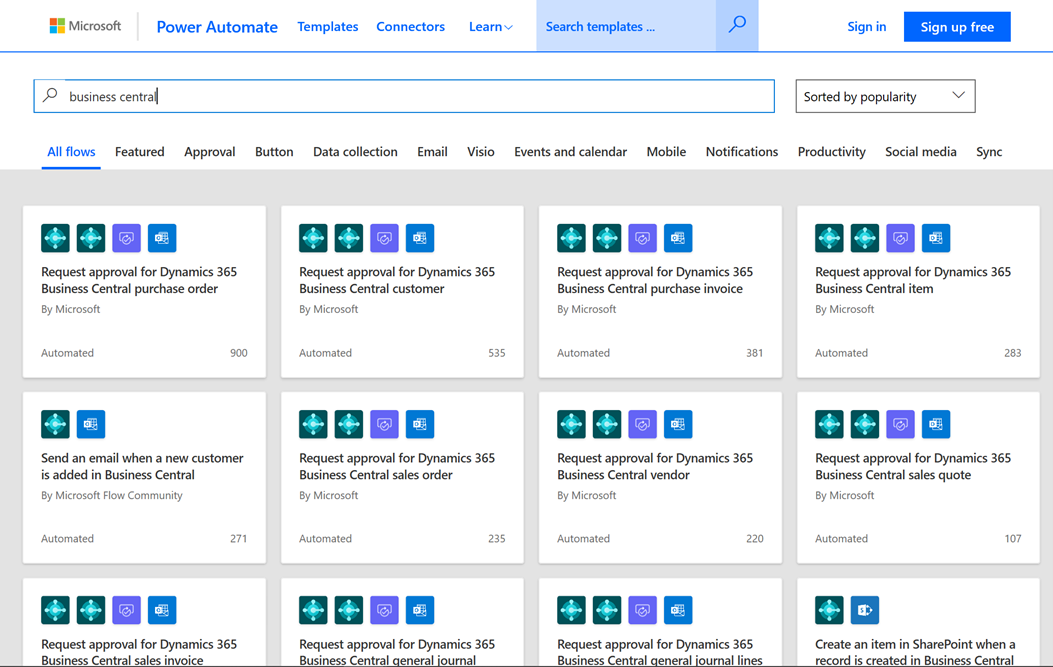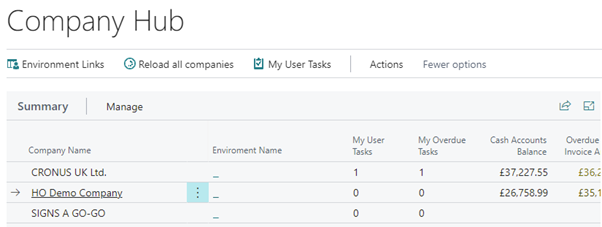Dynamics 365 Bitesize Content – Multi-Entity
Find out how Dynamics 365 Business Central supports companies with a hub-and-spoke business model with multi-entity.
Organisations that have multiple sites often use a hub-and-spoke business model where a parent company, or headquarters, manages the overall operations of the business while each site functions as a single, standalone entity. Sites are often geographically distributed and have different needs for sharing information with the headquarter company. Additionally, sites typically don't need the same level of complexity, and often lack the resources to maintain a large system.
Dynamics 365 Bitesize Content – Multi-Entity
Find out how Dynamics 365 Business Central supports companies with a hub-and-spoke business model with multi-entity.
Organisations that have multiple sites often use a hub-and-spoke business model where a parent company, or headquarters, manages the overall operations of the business while each site functions as a single, standalone entity. Sites are often geographically distributed and have different needs for sharing information with the headquarter company. Additionally, sites typically don't need the same level of complexity, and often lack the resources to maintain a large system.
Business Central gives small and mid-sized businesses a business management solution that's easy-to-use and maintain at a low cost of ownership.
Dynamics 365 Business Central Multi-Entity
Some of the ways in which Business Central supports a hub-and-spoke business model, are highlighted below:
1. Integrating the Headquarter Company and the Sites
Business Central can integrate with the headquarter company's accounting system while meeting the varying needs of different sites, regardless of size, location, or type of business. The following diagram is an example of different sites integrated with a headquarters company.
2. Meet the Needs of Domestic and International Sites
Business needs at sites often differ based on industry, business methods, or their relationship to the headquarter company. Business Central can be easily adapted and extended for various types of businesses and locations. For multi-national organisations, Business Central supports local legal requirements and business practices.
3. Consolidate Financial Data
A core facet of the hub-and-spoke business model is the ability for the headquarter company and sites to exchange financial data, even when the headquarter company and sites use different systems, accounting structures, languages, and currencies.
4. Share Business Insight with Integrated Analytics
Align the organisation with your business goals by providing a common understanding of the current reality. Integrated analytics can help people base their decisions on the same set of facts.
5. Exchange Data Using APIs and XMLports
APIs and XMLports simplify the process of connecting instances of Business Central, including those that have been customised for each site.
6. Promote an Efficient Intercompany Supply Chain
Sites often need access to the supply chain, and the ability to manage certain aspects of it. For example, sites might use the same supplier, but manage their assets and physical locations separately.
7. Respond Quickly to New Business Conditions
The headquarter company must be able to react quickly to business changes at each site. Combined with Power Automate, Business Central can serve as an early warning mechanism.
To support all these features, Business Central includes the Company Hub page. This area provides a dashboard with summary data for each company that the user has access to across all Business Central online, such as the many clients of an accountant. The home page displays financial KPIs as well as a direct link to the individual environments and companies. The dashboard is a highly specialised Role Centre for a better overview of your work.
If you found this content useful, why not access more Dynamics 365 Bitesize Content?
- The Business Central Mobile App
- Consolidating financial data in Business Central
- Intercompany Transactions
- Purchase Invoice Automation with Continia
- Multi-Currency in Business Central
- Expense Management
For more information on Dynamics 365 Business Central, simply give us a call on 020 8681 0000 or view our How To Guides.


